Other

“I am pushing the limits of how much compute you can get out of an Arduino Nano: - 320x200 pixels of monochrome VGA output (optional: 16 row colors) - PS/2 keyboard readout - requires only 1(!) logic IC 74HC166”
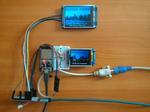
“The Black Swan V2.0 is an ESP32-based, secure, one-way communication channel. It utilizes a sophisticated encryption algorithm combined with the integrity verification feature to ensure the confidentiality, integrity, and authenticity of the data being transmitted through it. Once …
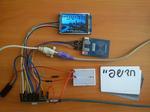
“KhadashPay is an easy-to-use DIY payment system A while ago, I released an ESP32 version of the KhadashPay V2.0, don’t get me wrong - it wasn’t insufficient or terribly flawed in some irredeemable way. It just so happened …
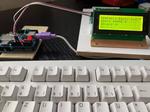
“A little computer based on a datalogger shield, an ESP8266 dev board and a few other components running an IoT capable BASIC interpreter. The Idea This project is about building a small IoT computer running with BASIC with low cost …
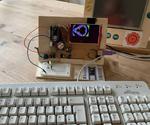
“This instructable is about building standalone computers running a BASIC dialect suitable for IoT and interactive work. It uses low cost components that are readily available and can be integrated without much difficulty. So why running BASIC on a microcontroller …
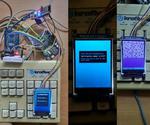
“With the development of cryptanalysis and new hacking techniques, the cost of accessing your data without your authorization continues to decline, making it easier and more attractive for different sides to get it. I’m not going to get into …

“PicoMemcard allows you to build your own supercharged PSX Memory Card that can be connected to your computer via USB in order to transfer saves directly to/from your PSX. You can use it to repurpose broken/counterfeit Memory Cards …

“The Black Swan Project is an ESP8266-based, secure, one-way communication channel. It might be superfluous in the current conditions. But let’s suppose that a black swan event occured, causing the nationwide blackout, complete failure of the mobile network …
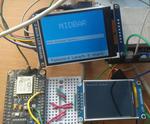
“Midbar (מדבר) is a Hebrew word that means “pasture,” “uninhabited land,” “wilderness,” “large tracts of wilderness (around cities),” “desert.” There are two reasons why I chose the word Midbar as the name of this project. First - while working on my …

“This project began in a rainy summer 2021 in Corona lockdown when I started to write a BASIC interpreter for Arduino from scratch. The project was simple and mainly targeted for Arduino UNO and other small systems but has now …

